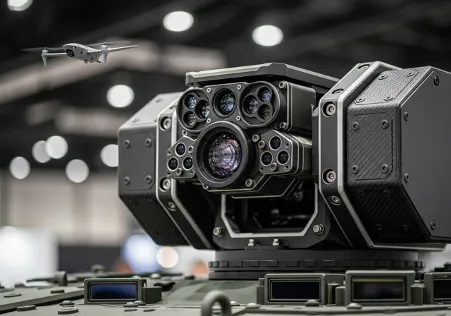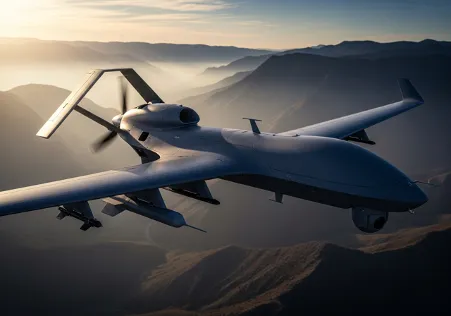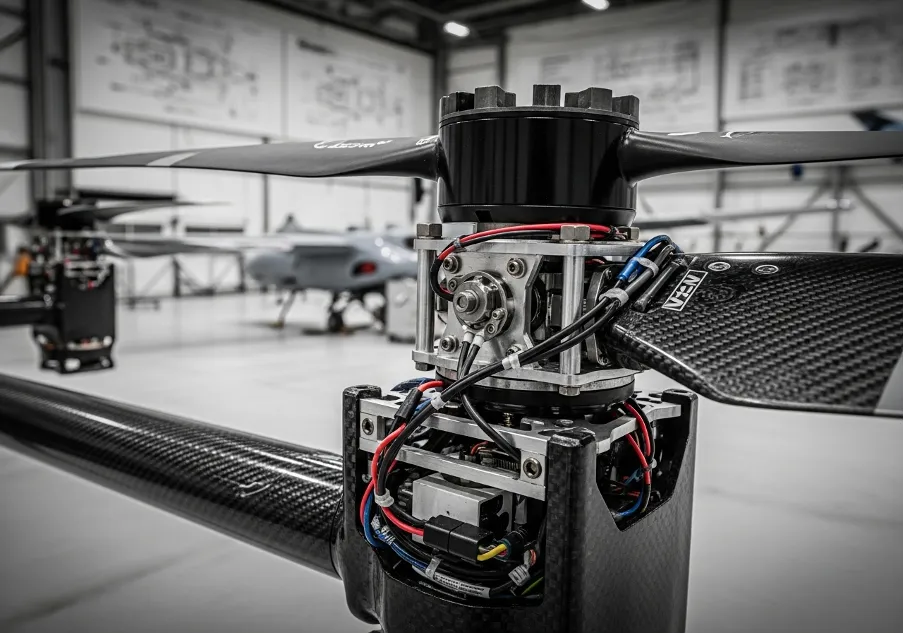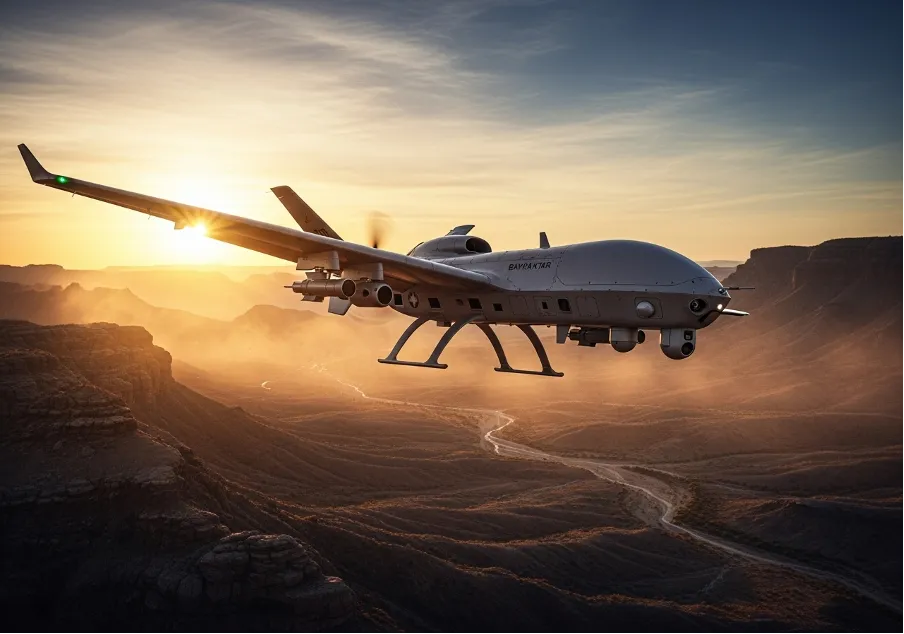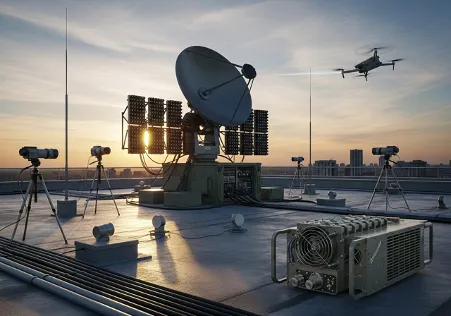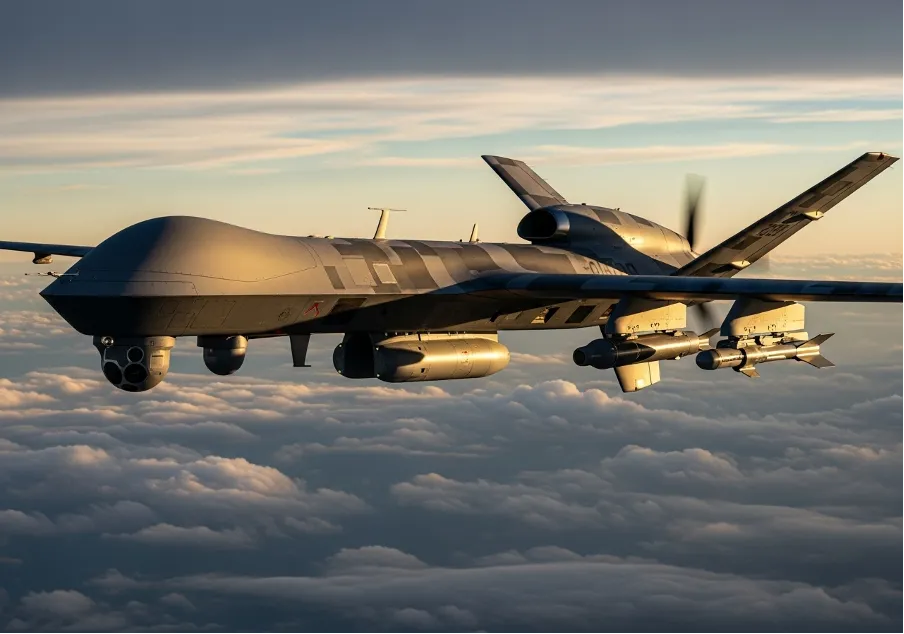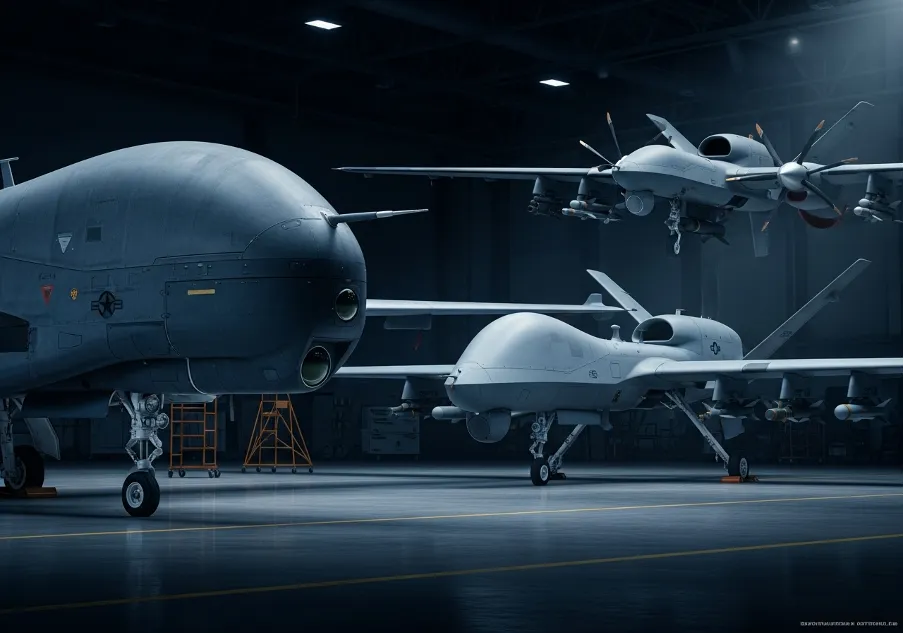
The Ultimate Anti Drone Weapon
Unpacking the Power of the Modern Drone Killing Laser
The skies over conflict zones are no longer just the domain of sophisticated jets and helicopters; they're now cluttered with swarms of cheap, expendable drones. Events in Ukraine and Gaza have starkly illustrated this new reality, pushing military strategists to find an effective countermeasure. For years, the answer seemed to be expensive interceptor missiles, but that’s like using a sledgehammer to crack a nut. Now, a more elegant—and radically cheaper—solution is becoming operational. Nations are seriously looking into acquiring a laser defense system because the economics of modern warfare demand it.
This shift isn't just about finding a new way to shoot things down. It's a fundamental change in defensive posture, driven by brutal battlefield arithmetic. When your adversary can deploy hundreds of drones that cost a few thousand dollars each, firing million-dollar missiles at them is a losing game. The promise of directed energy, where a single drone with laser targeting can eliminate multiple threats for the cost of the electricity needed to power it, is too compelling to ignore. This technology, once the stuff of science fiction, is rapidly moving from prototype to deployment.
The Unsustainable Economics of Traditional Air Defense
The core problem for many Western militaries is an economic mismatch. A state-of-the-art air defense platform like the American-made Patriot system is a technological marvel, but it's also incredibly expensive, costing over $1 billion for the full setup. Its interceptor missiles are designed to take down high-performance aircraft and ballistic missiles, not flimsy plywood drones. Using a multi-million-dollar interceptor on a cheap drone is a disastrous long-term strategy. A dedicated drone killing laser presents a financially sustainable alternative that can handle high-volume threats without depleting a nation's treasury.
To put it in perspective, consider the cost-per-engagement comparison:
- Patriot Missile Interceptor: Roughly $4 million per shot.
- Typical Attack Drone: Can cost anywhere from $2,000 to $20,000.
- High-Energy Laser Shot: Less than $10, according to some manufacturers.
This staggering difference in cost is forcing a strategic pivot. While low-tech solutions like nets and small arms fire have their place, they lack the range and automation to effectively counter a coordinated swarm attack. In this context, the appeal of a versatile drone laser becomes undeniable, offering a blend of precision and affordability that older systems simply cannot match.
Directed Energy: From Lab to Battlefield
The concept of weaponized light has been around since lasers were first invented in 1960. The Pentagon began experimenting with them almost immediately, but turning a laboratory concept into a rugged, reliable field weapon proved to be a monumental challenge. Early projects, like the ambitious Airborne Laser program that mounted a massive chemical laser in a Boeing 747, were ultimately canceled due to complexity and cost. However, persistent research and advancements in solid-state laser technology have changed the game. These new systems use electricity to generate photons and focus them into a powerful beam, heating a target until it melts or burns through. The Navy saw early success with a 30-kilowatt system in the Persian Gulf back in 2014, demonstrating that drones with lasers could be effectively neutralized at sea. That was just the beginning.
Now, the power levels are increasing dramatically. The goal for the U.S. military is to develop a one-megawatt weapon, powerful enough to potentially take on hypersonic weapons. The systems entering the market today, like the 100-kilowatt Australian "Apollo," are more focused on the immediate threat of drones and mortars. The technology's maturation means that allies are finally getting access to systems like the famed iron beam laser which is a significant step in proliferating this capability beyond just a couple of superpowers. It signals a major shift in the global arms market.
A New Global Market for Light-Speed Weapons
The war in Ukraine acted as a massive catalyst, showing European nations their own vulnerability to drone swarms. This fear, coupled with concerns about the reliability of U.S. defense commitments, has created a sense of urgency. An Australian company, Electro Optic Systems, is now selling a 100-kilowatt laser system nicknamed "Apollo" to a NATO country. This is a landmark deal, marking one of the first major international sales of such a powerful directed energy weapon. The proliferation of laser drones countermeasures is officially underway.
The capabilities of these emerging systems are impressive, to say the least:
- High Rate of Fire: The "Apollo" system is advertised as being able to down up to 20 drones per minute;
- Deep Magazine: As long as there is electricity, the weapon can keep firing;
- Low Collateral Damage: The precise nature of a laser beam minimizes the risk to surrounding areas compared to explosive interceptors.
This is a market that has been tightly controlled until now. Both the United States and Israel have been hesitant to export their most advanced laser technology, fearing it could be reverse-engineered by adversaries. But with systems like Apollo and Israel's Iron Beam becoming operational—the latter is set to be integrated with the Iron Dome—the dam is breaking. The introduction of a new anti drone laser system to the global market is a sign that the technology is ready for prime time.
Lingering Limitations and Tactical Realities
Despite the immense potential, lasers are not an all-powerful wonder weapon. They come with a distinct set of limitations that military planners must contend with. The most significant is the weather. A laser is essentially a highly focused beam of light, and anything that scatters light will degrade its effectiveness. Rain, fog, clouds, and even high humidity can reduce the laser's range and power on target, a critical factor in many parts of Europe. This makes understanding how to take down a drone with lasers a matter of both technology and meteorology.
Furthermore, current-generation laser weapons have a relatively short range, typically just a few kilometers. This makes them ideal for point defense—protecting a specific high-value asset like an airbase or a command center—but less suitable for providing broad area coverage. They also lack the sheer power to stop larger, faster threats like ballistic missiles. So while an anti drone laser is a perfect tool for the drone problem, it won't be replacing systems like the Patriot anytime soon. The two will likely work in tandem, creating a layered defense where each system handles the threat it is best suited for.
The Future Battlefield: A Revolution in Warfare
The rapid adoption of directed energy weapons is set to trigger a profound transformation in military doctrine. The shift from expensive, single-use interceptors to low-cost, reusable energy shots will rewrite the rules of air defense. For European nations in particular, this technology offers a path toward greater self-reliance. The specter of a potential reduction in American defense support has lit a fire under European governments, pushing them to seek out their own solutions. A capable anti drone weapon that is also affordable is at the top of their shopping list.
This is more than just an incremental upgrade; it represents what some, like the chairman of Israel's Rafael Advanced Defense Systems, call a "total revolution in the history of warfare." As the technology continues to improve, with power levels rising and systems becoming more compact and rugged, their role will only expand. We are witnessing the dawn of a new era in military drone defense, where battles can be won not by the side with the most expensive missiles, but by the one that can most effectively control the electromagnetic spectrum and deploy directed energy at the speed of light. This is just the beginning.
Learn more about alternative systems and related products from Prodefence in Counter Drone Technologies.
Trusted Worldwide
Operating in more than 50 countries, we provide cutting-edge defense solutions that ensure your safety to every corner of the globe.
Get Advice From Our Experts
Please complete the feedback form to gain exclusive access to our catalog showcasing models that are not available on our website
We’re here to assist you with any inquiries, support, or information you need. Whether you're interested in our defense products, looking to collaborate, or simply have a question, our team is ready to help.

